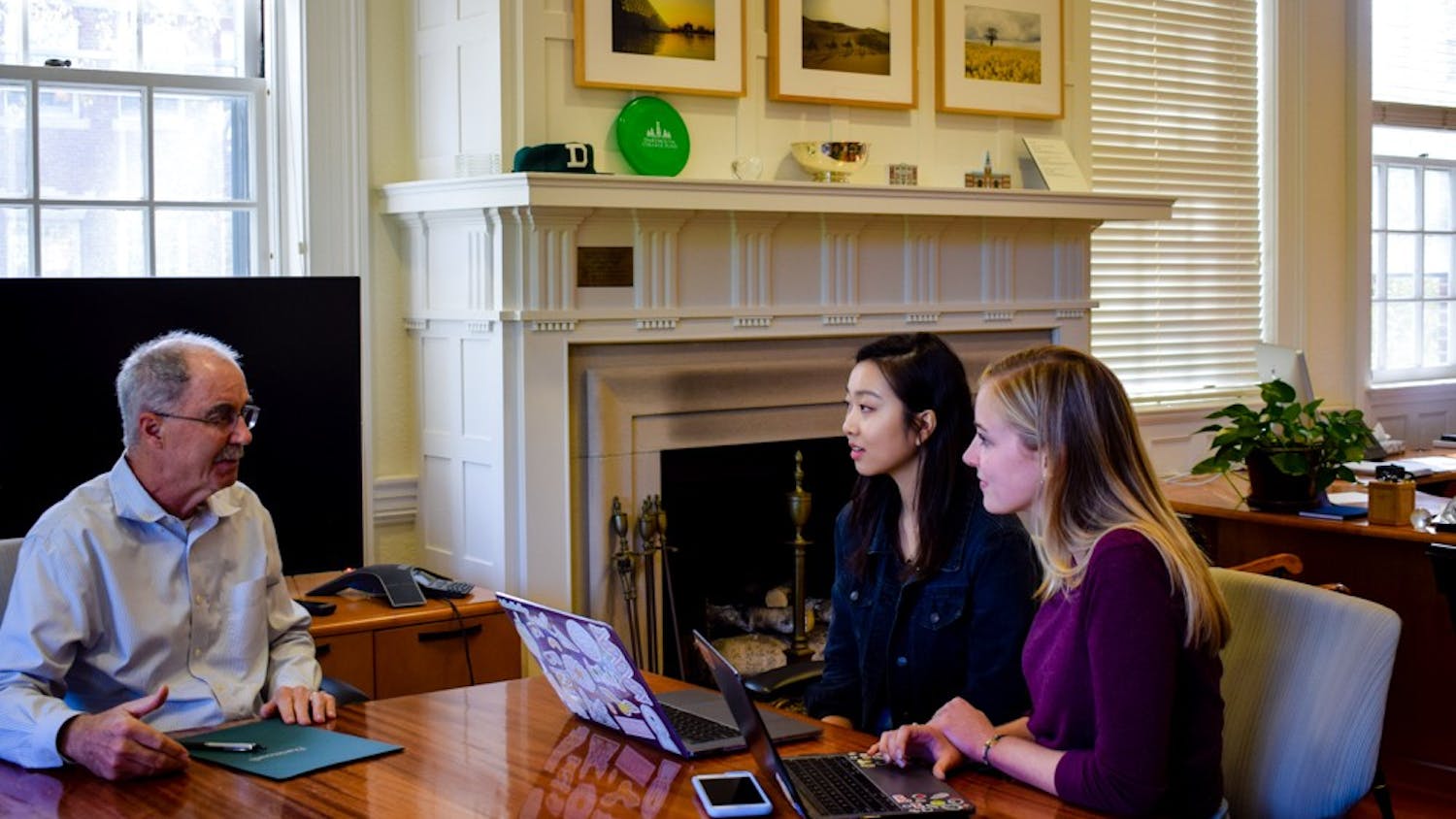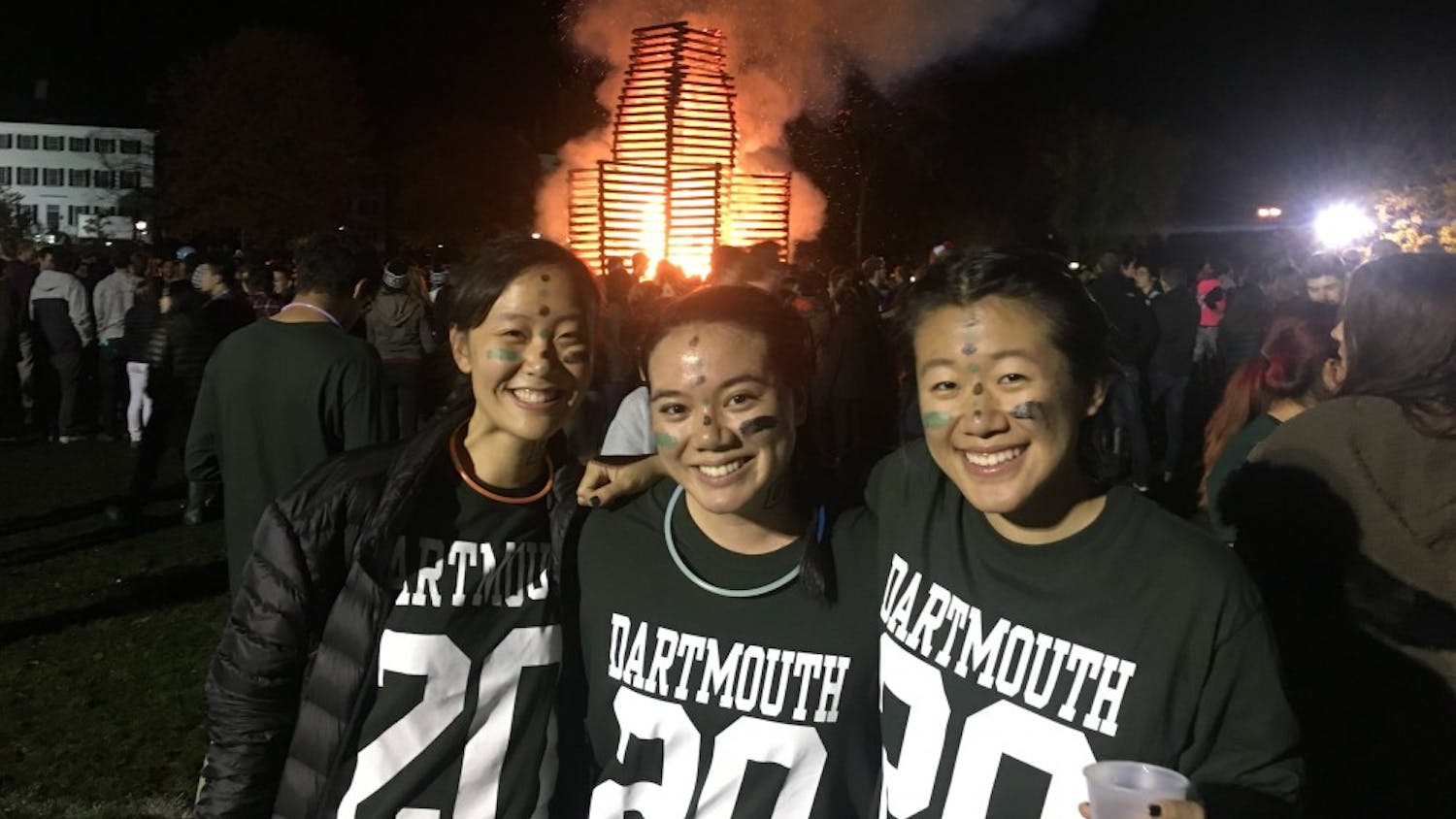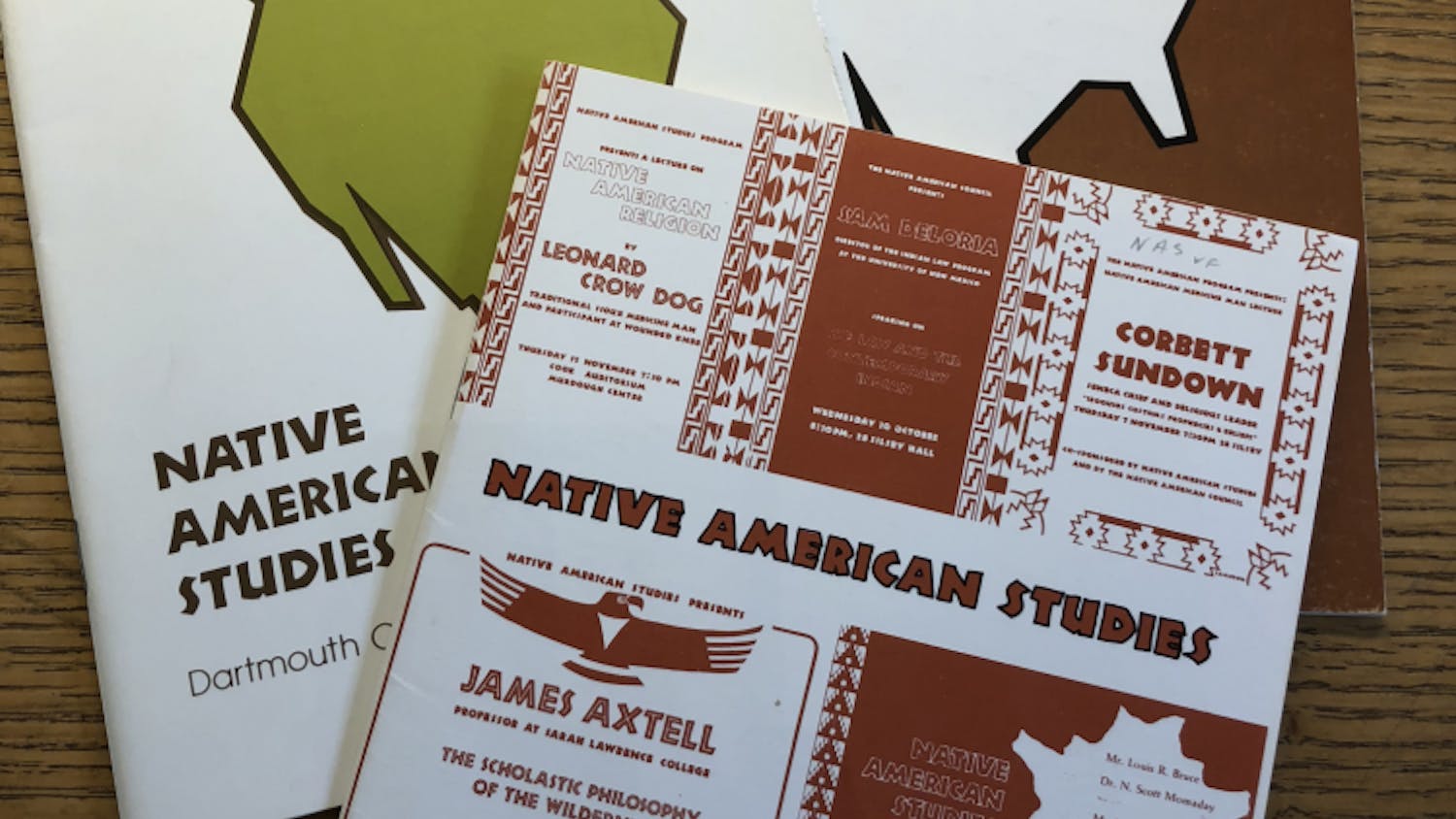After graduating from Smith College in 1984, computer science professor Patricia Hannaway first worked as a corporate analyst on Wall Street. However, the span of her 40-year career has taken her in a multitude of creative directions. After working on Wall Street, Hannaway helped animate Disney films such as “Mulan” and “Pocahontas,” and also served as senior animator for “The Lord of the Rings” character Gollum. The Dartmouth sat down with Hannaway to discuss her current projects and how she finds a balance between teaching and creating.
How does one go from working on Wall Street to working at Disney?
PH: Well, it’s an interesting story. I came from a conservative family just outside of Boston, and I always did artwork. I was always creative, but like a lot of us, our parents want us to do things better, more practical. My parents always said, “Well, art is nice, but make sure you can get a check.” That’s why I’ve always looked for ways of combining my more practical thing with my artistic interests. That’s really what brought me to animation. I was accepted to a business school, and just before I was due to go, one of my professors from college happened to be in New York City, and he said, “Pat, you’re really a wonderful artist, and we wish you wouldn’t give up so quickly.” I said, “Oh yeah, but I can’t make a living at it.” And she said, “Well, Andy Warhol is creating a fabulous school called the New York Academy of Art, and he is taking 20 students from around the country on a yearlong scholarship program. It would be wonderful if you to consider that program.” That Sunday, I got a call from Andy Warhol, and he asked if I was interested in being in the program — if I would consider it. I really liked to come and do the scholarship program for a year, so that’s really what I ended up doing.
After that, it just led to doing artwork with the computer. I ended up with one Master’s in fine arts and then another Master’s in computer animation. So I didn’t know who would want someone who was an investment banker, a painter, an artist and a little bit of a philosopher. Disney feature animation did. I never did go to business school, and I ended up being recruited as one of a group of 12 to go and train in Disney animation. All your great artistic heroes are there; you work directly with them, learning from just some of the greatest. I mean, it really was like some of these people draw like we breathe. It’s so innovative, and so it was a real privilege to be there.
At your time in Disney, do you have any specific memories or challenges when creating these animated works?
PH: I was based in the Orlando studio, because that’s where my mentors were, and what was great is it was only a group of about 150 people. Our studio — because it was so small — you could go and talk to the directors or talk to the story team or go talk to some of your heroes and, you know, you’d see him at lunch. It was just very accessible. I think that made for a very special learning situation. I was just constantly amazed at the quality of the artwork that was being done. I mean, the people who do backgrounds can paint like some of the best landscape painters. You know, being in figure drawing classes with some of these artists, I mean, they draw like Michelangelo! A lot of times the actors we use in the animated feature film are very well known. We were constantly interacting with those people, and it was just very normal. One of our first features was “Mulan,” and when we got something, we really made it our own. That’s why “Mulan” is such a strong movie, because we took something that wasn’t expected to be anything, and we really made it something special. That was one of my early experiences, and it was just great.
What have you learned from following one path in life to then choosing a different path completely?
PH: When I was in school, I always felt like an outsider, because I’m not like so many other students. Even my cousins all had this one path. They were either doctors or lawyers or engineers or scientists, and they had a definite label. For a lot of time, I felt like there was something wrong with me. Everyone else seems so sure of what they were doing, and I felt so unsure of what I was doing. And what strikes me now looking back on that is that there wasn’t anything wrong with me. It’s just that everyone around me was so d—n scared that they were wearing labels with certainty; instead of taking time to see and find out who they were and what they liked to do. I was taking time to find out, and that enabled me to adapt and be flexible going forward.
Yes, I went to Wall Street. I did what I was supposed to do coming out of a fine college. I did it, and I realized I could do it, but I realized it’s not how I wanted to spend my time — that there must be more to life than just chasing money. I decided to look for ways of combining computer technology with art. That led me on the path of kind of computer graphics and animation and just a wonderful journey. I tell students that if they do not fit into one path to realizing that it’s not a problem. That’s what I’d really like students to know — that they should stop trying so hard to fit themselves into a hole and kind of embrace their varied interests and look for ways combining things in that multidisciplinary way that the future is multidisciplinary.
What made you want to start teaching?
PH: What happened is I was just finishing up on “Shrek,” and I was tired because we had a very tight production deadline. At the end of that, we were all really burned out. There were about 20 of us that were animators, and we were just exhausted. I thought I need to take some time off. I ended up doing a little teaching at Stanford, and they were trying to do some work in computer graphics. They’ve got a computer science department with just hard-core computer science. They were starting to look at ways of combining arts and technology together. I ended up doing some work and teaching there, and I would go back and forth between computer science and the art building. I’d just keep going down the well-worn path. That’s where I met Lorie Loeb, who is the head of the digital art program here. She knew of my work over at Stanford, and she said, “Look, at some point, I’d love you to come over and do some teaching at Dartmouth.” That’s how I ended up here, and our digital arts program here is really growing. We have a new computer science building coming along, so we’ll be able to have more students, so it’s an exciting time to be here. But I really split my time between Los Angeles and Hanover. I spend part of the year here and part of the year back in LA.
You have artwork at work, and you’re also teaching. How do you find a balance between those two worlds?
PH: Well, what’s nice about the teaching is when I’m working on big projects — film projects or painting projects — I need huge blocks of time to work so that I can just focus. What’s nice about the teaching is I can come here, I can do some teaching, and then what I can do is take like two or three months off and focus on my painting or my film projects.
Those of us from feature animation really have a desire to pass it on to the next generation, because that’s really what our mentors did for us. Now, with all the technology, I feel like sometimes the principles get lost. I make sure the principles guide the technology; the technology doesn’t guide the principles. I really enjoy being able to share things with my students, do some of my own personal work and do some work with colleagues back in LA.
Do you have any tips for the future generation for those who want to pursue animation?
PH: I think now there are so many more ways to apply your artistic skills to technology than when I was just starting out. I would tell students to embrace the variety of the things that they like and realize that innovation is how you combine them. I think we have a unique opportunity here at Dartmouth to be able to help prepare people for kind of Silicon Valley and new ventures and products for the future.
The other thing I was thinking about is how it’s hard to train people for jobs that don’t exist yet. I can’t train you for the job that I don’t know exists yet. What I can do is train you to think flexibly so that you can take advantage of it when you come across it and adapt in the future. I think the world of constant learning is important, especially in anything related to technology. Stuff changes so quickly, but you need to be flexible. You can’t be rigid in your thinking. You’ve got to be like, “Oh, what’s this?” And then you must take the initiative and learn how it works and jump in and realize that when you’re on the cusp of technology and cusp of innovation, it’s not a well-worn path. You must figure it out. But I think that figuring it out is part of the fun.
This interview has been edited and condensed for clarity and length.



